Cake Art
October 13, 2012
The Ho_se, Brooklyn, NY
Stella Achenbach, Maggie Cepis, Peter Fankhauser, Graham Hamilton, Other Travel, Signe Pierce, Antonio Santini, Alison Sirico, Will Staton, Elspeth Walker
-
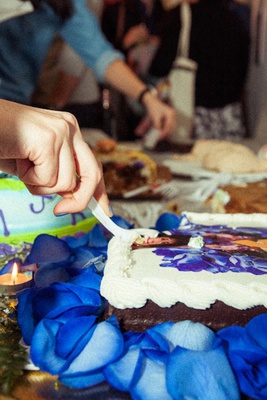
-
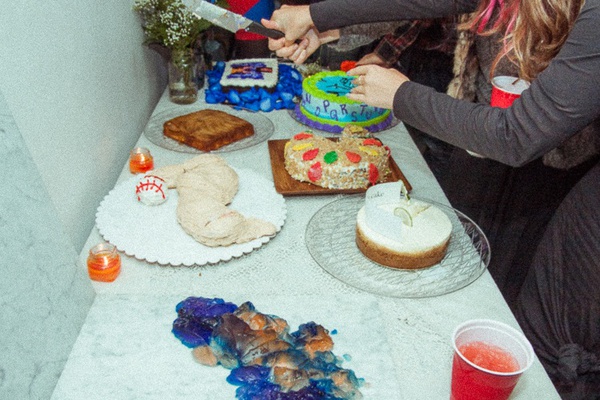
-
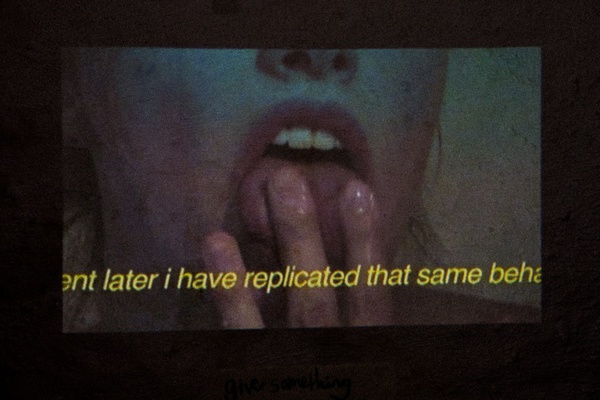 Elspeth Walker
Elspeth Walker
-
 Signe Pierce
Signe Pierce
-
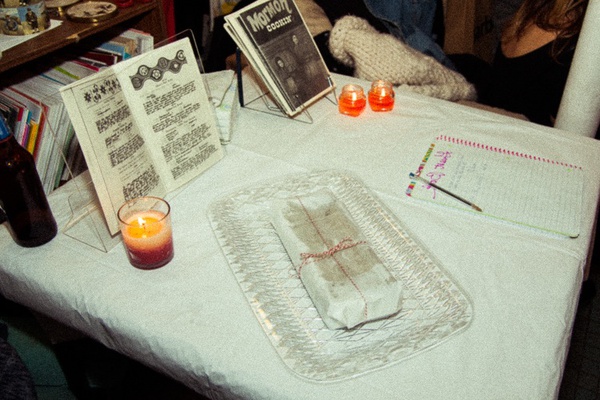 Peter Fankhauser
Peter Fankhauser
-
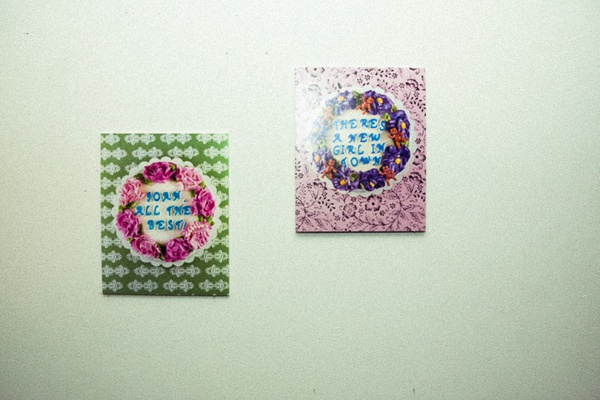 Maggie Cepis
Maggie Cepis
Cake Art explores how cake, as an idea and as dessert, has shaped and been shaped by notions of female domesticity and late-capitalist excess in twentieth- and twenty-first-century America. The exhibition features original works that incorporate cakes thematically or as mediums themselves, considering cake from an art historical position, and within a historical context. The performance Cake Joy, an homage to Carolee Schneemann’s seminal 1964 work Meat Joy, will also take place as part of the exhibition.
Since antiquity, cake has served as a channel for ritual and festivity. Across socio-economic boundaries, cake has been a small but significant symbol of communal celebration within daily life. However, during the modern era’s widespread industrialization and ongoing globalization, cake is no longer considered solely a centerpiece for special occasion but an everyday treat. With the standardization of ritual and democratization of leisure beginning in the twentieth century, cake could become something mass-produced, processed, even banal. “I guarantee a perfect cake, every time you bake—cake after cake after cake”: the advent of the Betty Crocker brand in the 1950s represented the crystallization of the ideal American housewife, though Betty Crocker was not an actual woman but an amalgam of highly rigorous test kitchens and paid spokesmodels. The Betty Crocker profile personifies the ways in which cake and cake-making are associated with the legacy of female domesticity in Western culture.
The standardizing tendencies of industrial America were reflected in the pop art of the 1960s: repetition and mechanization, attention to everyday objects and foods—not least, cake (Claes Oldenburg’s giant foam slices and life-size dessert sculptures in display cases; Wayne Thiebaud’s painted grids of cakes and pies). After Pop, a range of cake-related works emerged which engage with post-industrial capitalism and the dichotomy of desire it produces: cake, as a symbol of decadence and pure pleasure, is desired and simultaneously, as that which ruins the ideal body of the image economy, negates that desire, becomes repulsive. The complex relationship between excess, desire, and disgust is explored in the works exhibited in Cake Art.